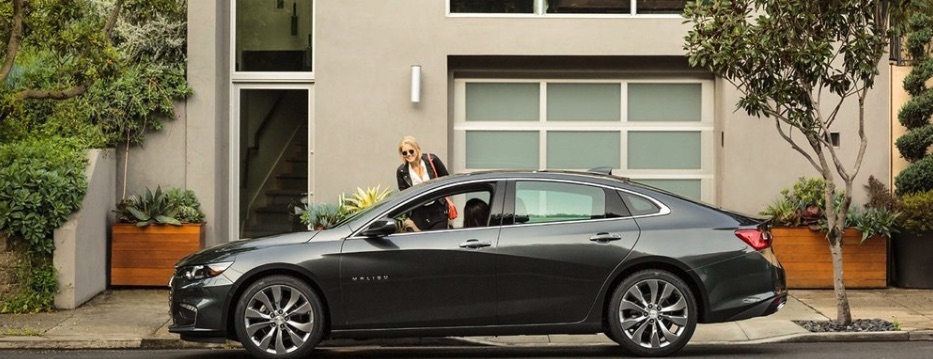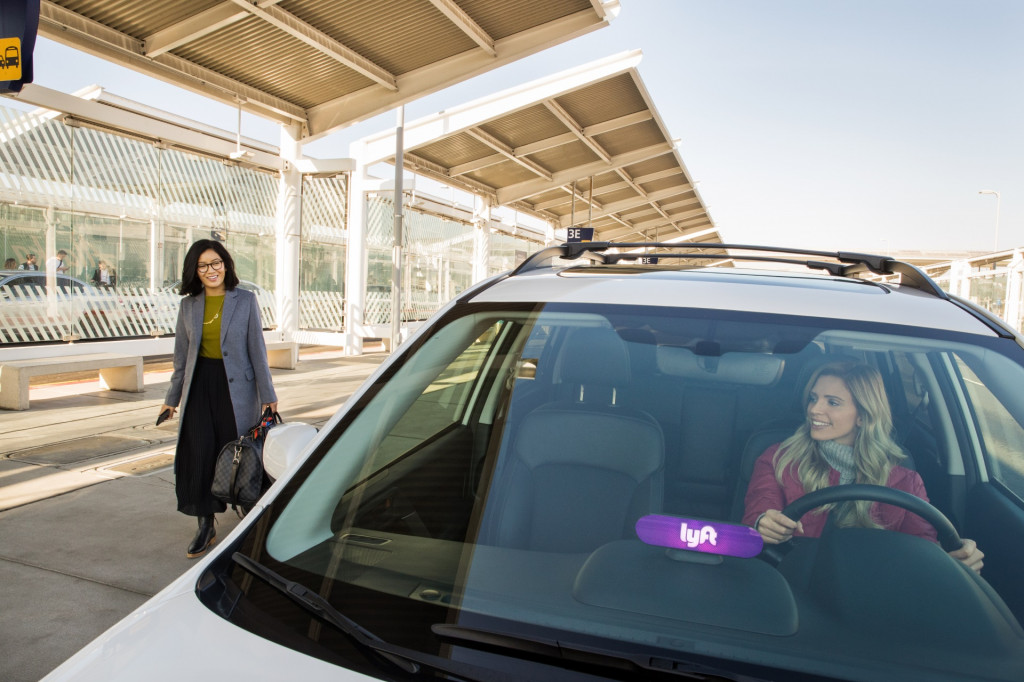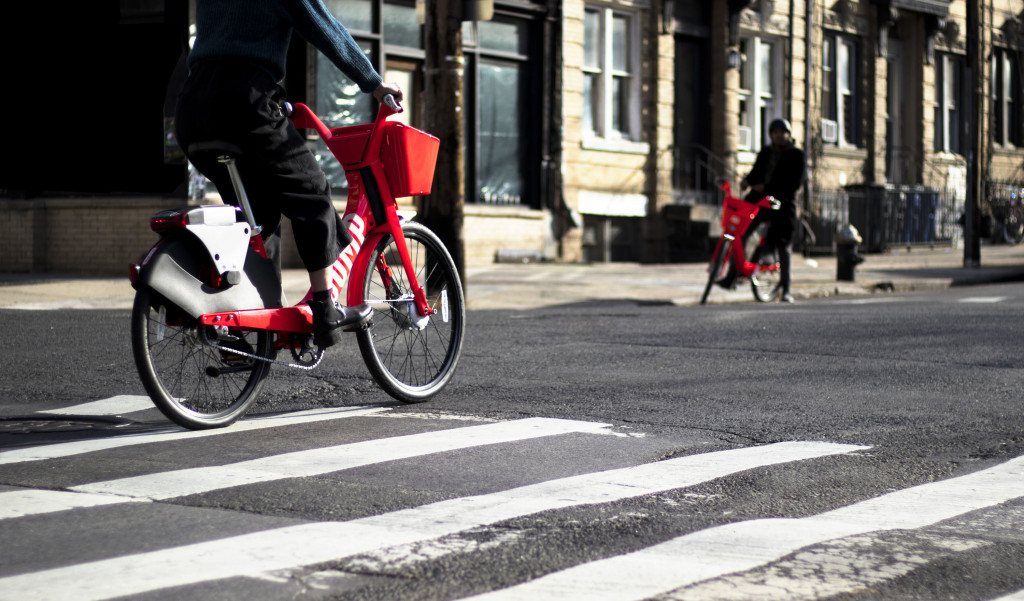Doing away with a car and opting for more frequent use of ride-hailing services like Uber or Lyft might sound like the greener option for your household, but as data released in December by the state of California underscored, such services are adding to pollution, not reducing it.
The average trip using such services creates 50 percent more harmful air emissions than the average car trip, it found.
Blame the deadheads—no, not a reference to the crew of “Truckin’” and “Sugar Magnolia,” but to cars that are traveling along with nobody else aboard but the driver.

Lyft
A California report released last month found that nearly 39 percent of vehicle miles traveled by what it calls transportation network companies—ride-hailing, and primarily Uber and Lyft—are “deadhead miles.”
The effects are worse than that, according to a post last week from the Union of Concerned Scientists’ clean vehicles research director, Don Anair, because the ride-hailing trips displace many trips that would have been lower-emission, such as walking, biking, or taking public transit.
There’s a simple way to counter this imbalance in the near term: Go electric.

Lyft car picking up a rider
According to the UCS, climate-related emissions from EVs are lower than emissions from the average gasoline vehicle in the entire U.S., and in many regions of the nation EVs are less-polluting than any gasoline vehicle. Driving an EV is also an investment in a cleaner future—literally, as coal plants are retired and our grid gets cleaner. They’re expected to emit less than half the greenhouse-gas emissions of gasoline vehicles over the same projected use lifetime.
The vehicles used for Uber and Lyft travel many more miles per year than the average personal-use vehicle, and that amplifies the need for them to go electric; according to a UC Davis policy brief released earlier this month, ride-hailing vehicles can deliver nearly three times the emissions savings of only-personal vehicles by going electric.
It also tends to help keep health-impacting particulate-matter concentrations down in big-city urban areas, where the ratio of ride-hailing vehicles to overall vehicles tends to be higher.
Lyft emphasizes electric vehicles with a Green Mode for its app users—offered only in select cities—and it’s launched scooter and bike-share services to reduce the number of small car trips. Through an Express Drive program it partners with several major rental-car companies to make EVs available to its drivers as a weekly rental including insurance and roadside assistance.

Uber-owned Jump electric bike-share
Uber plans to roll out e-bikes and electric vehicles under the Uber Green name. It has a Clean Air Plan in the UK that provides assistance to drivers who want to buy or rent an EV (with a deal for the Nissan Leaf, most recently); and in the U.S. has pilot programs in nine cities, some of which pay electric-vehicle drivers a higher rate.
Both companies also are encouraging infrastructure via partnerships with charging companies and public utilities, while a very small portion of their fleets at present are electric.
UCS’s Anair argues that with the disruption that Lyft and Uber have managed comes responsibility. “As these companies continue to grow, they need to step up to support a rapid transition toward electrification in order to make their promises of a low carbon future a near-term reality.”
